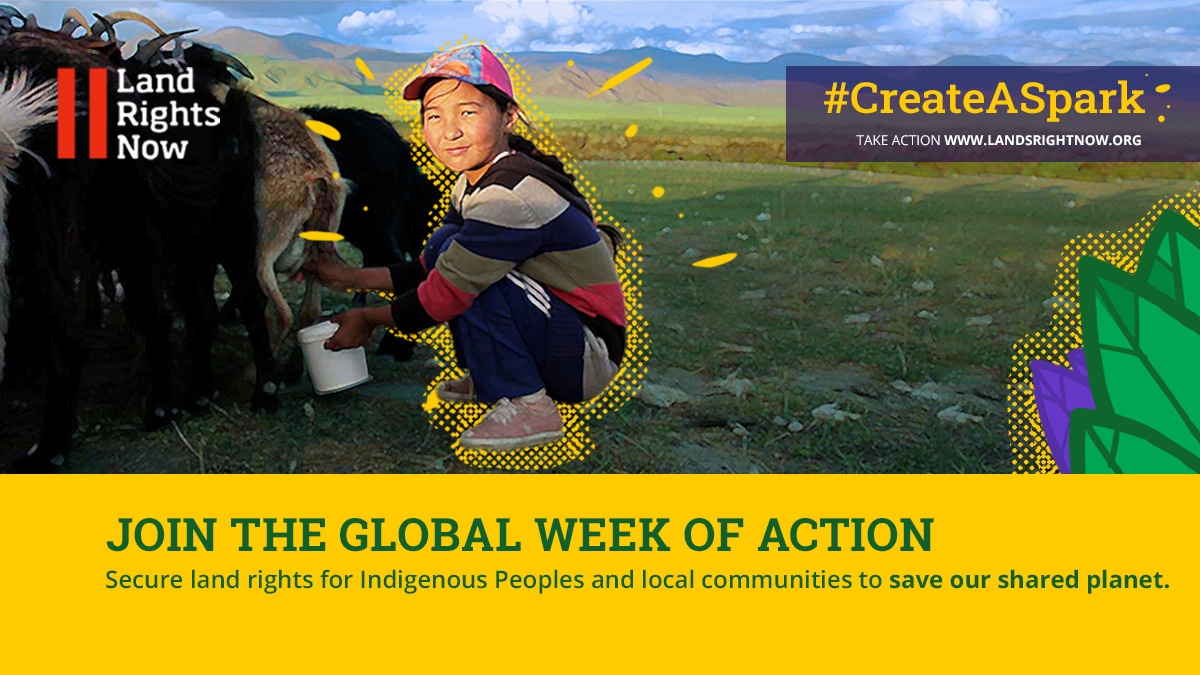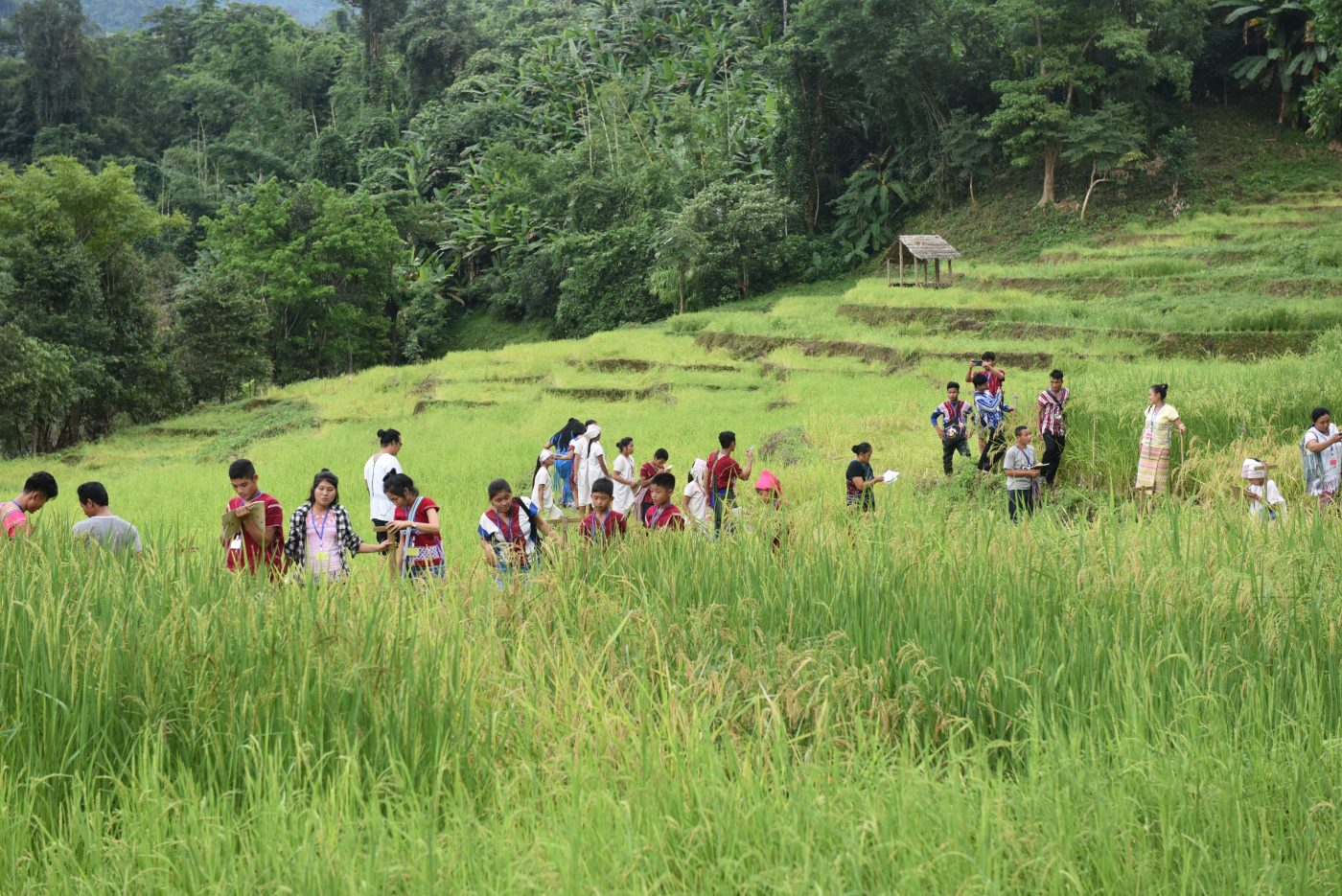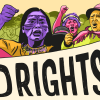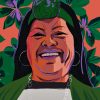A unique ecosystem, the Salween Peace Park in Myanmar spans 5,485 km2 – an area the size of Trinidad and Tobago – of forests, mountains and farmland. Home to remarkable species of diversity including at least 166 wild plants, 68 species of wild animals and 78 types of birds, it is of great importance to global bio-diversity and is managed exclusively by the Karen Indigenous People.
Formerly an area impoverished from decades of civil war, the park was founded in 2014 and has contributed not only to the cultural survival of the Karen people but also to the conservation of the Indo-Burma biodiversity hotspot. This week Paul Sein Twa of the Karen indigenous grassroots movement that manage the park was awarded the Goldman environmental prize for outstanding achievements in collaborative community based conservation. Earlier this year the community was awarded the Equator Prize for outstanding community and indigenous initiatives that are advancing nature-based solutions for local sustainable development.
The park embodies the Karen vision and way of life: caring for the land and protecting local wildlife and ecosystems. ‘’The golden rule is that use and care must always be paired with bio diversity as the foundation’’ says Saw Paul Sein Twa , Chairperson of the Salween Peace Park.
Traditional medicine and COVID-19
Their sustainable and diverse agricultural systems which include upland rotational cultivation, lowland paddy fields, organic orchards and traditional hunting and fishing provide them with up to 200 different types of foods some of which can be stored for up to one year. This means that their access to food is secure in both quality and quantity –and this diversity in their agricultural systems has helped them stay healthy throughout the Covid19 lockdown.
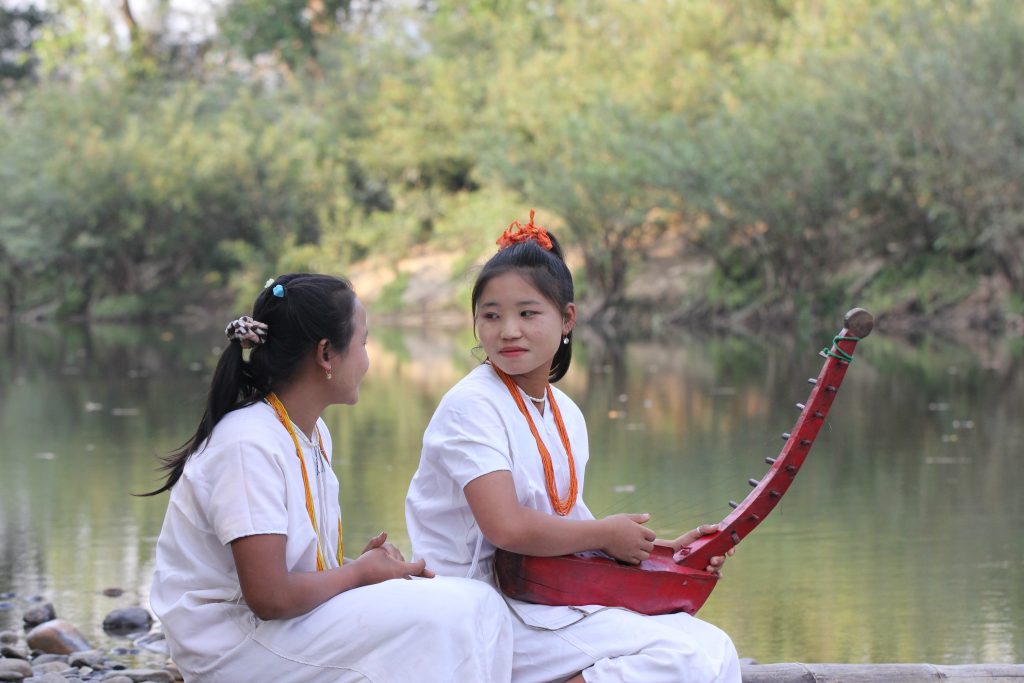
Karen traditional harp. Photo Credit: KESAN
In fact, to date there have been no reported cases of Covid19 in the park. The communities responded quickly to the pandemic, calling a territorial lockdown or ‘’Tar War Hee’’ and preparing a traditional medicine for good health and strong immune systems.
Looming threats
Despite this, the land rights of the communities in the Salween peace park are still under attack from proposed mega-dams on the Salween river, mining, logging and large-scale agricultural plantations as well as violent conflict and displacement driven by these external interests.
‘’In Myanmar, government land policy favours mega investment and business activities rather than agriculture for local farmers and indigenous communities.’’ says Saw John Bright of the Karen Environment and Social Action Network (KESAN), ‘’ In indigenous landscape no land is useless – all land and forest areas have their own purposes such as for agriculture, community forest areas or protected areas. However, government land policy does not recognize indigenous customary land systems and so any land that is left uncultivated (based on traditional and customary purposes) is open for government confiscation, to be leased out for commercial uses under the Vacant, Fallow and Virgen Land Management Law.’’
As the Salween Peace Park demonstrates, the Karen Indigenous Peoples play a key role in protecting bio-diversity. Their way of life is based on living in harmony with nature as this oral teaching perfectly conveys:
‘’We who drink water must take care of the waters, We who eat from the land must take care of the land. Only when we maintain the balance, will our well-being be sustained’’
The current global pandemic is telling us it is time to reassess our relationship with nature. It is now more urgent than ever that the land rights of the Karen Indigenous Peoples are secured and they can ensure that the Salween Peace Park continues to thrive. Secure land rights for Indigenous People and local communities are the key to a green, safe and healthy future on our shared planet.
TAKE ACTION
From 2-9 December Land Rights Now and organizations worldwide will come together to raise awareness of how securing land rights for Indigenous Peoples and local communities are key to protecting bio-diversity and preventing pandemics.
